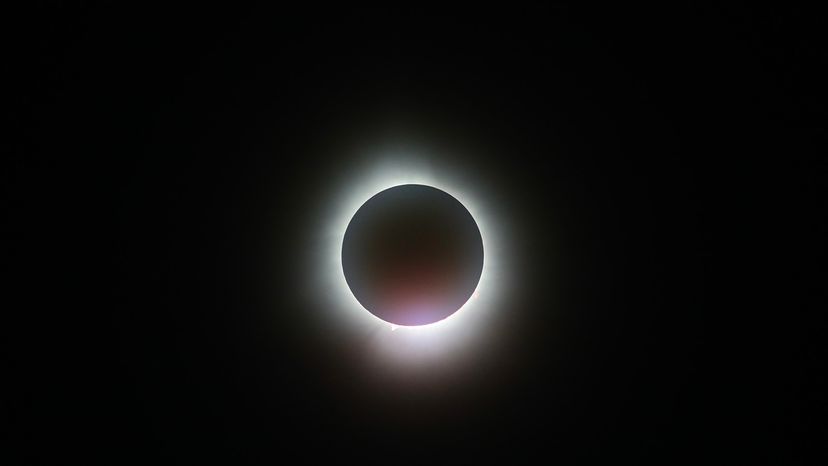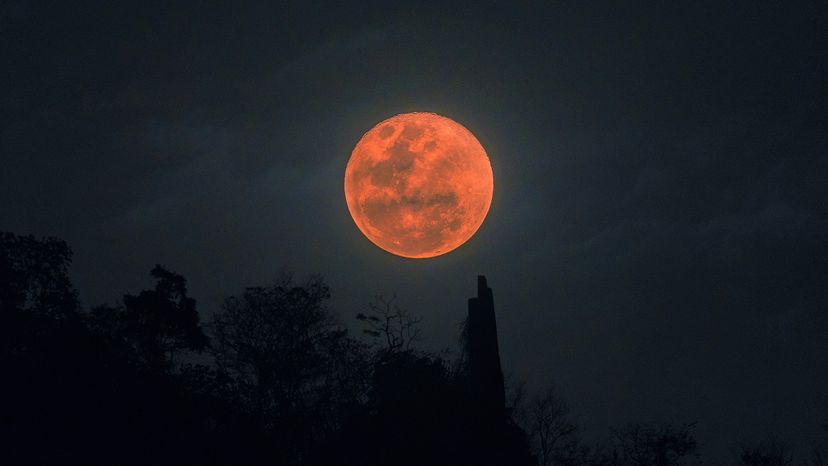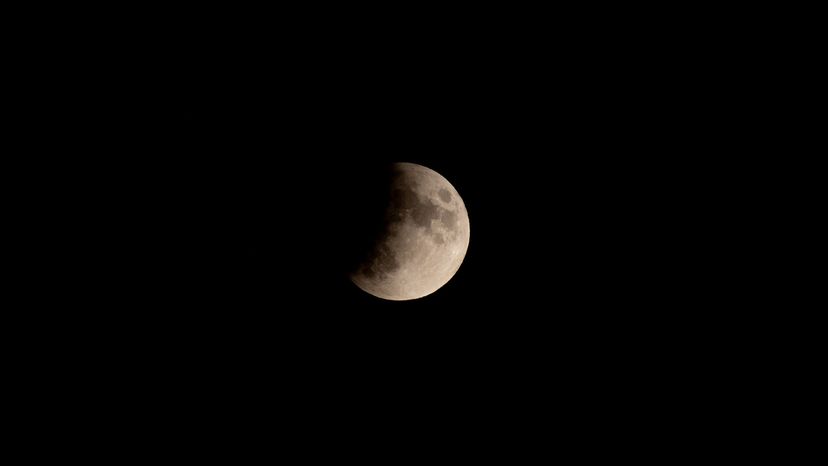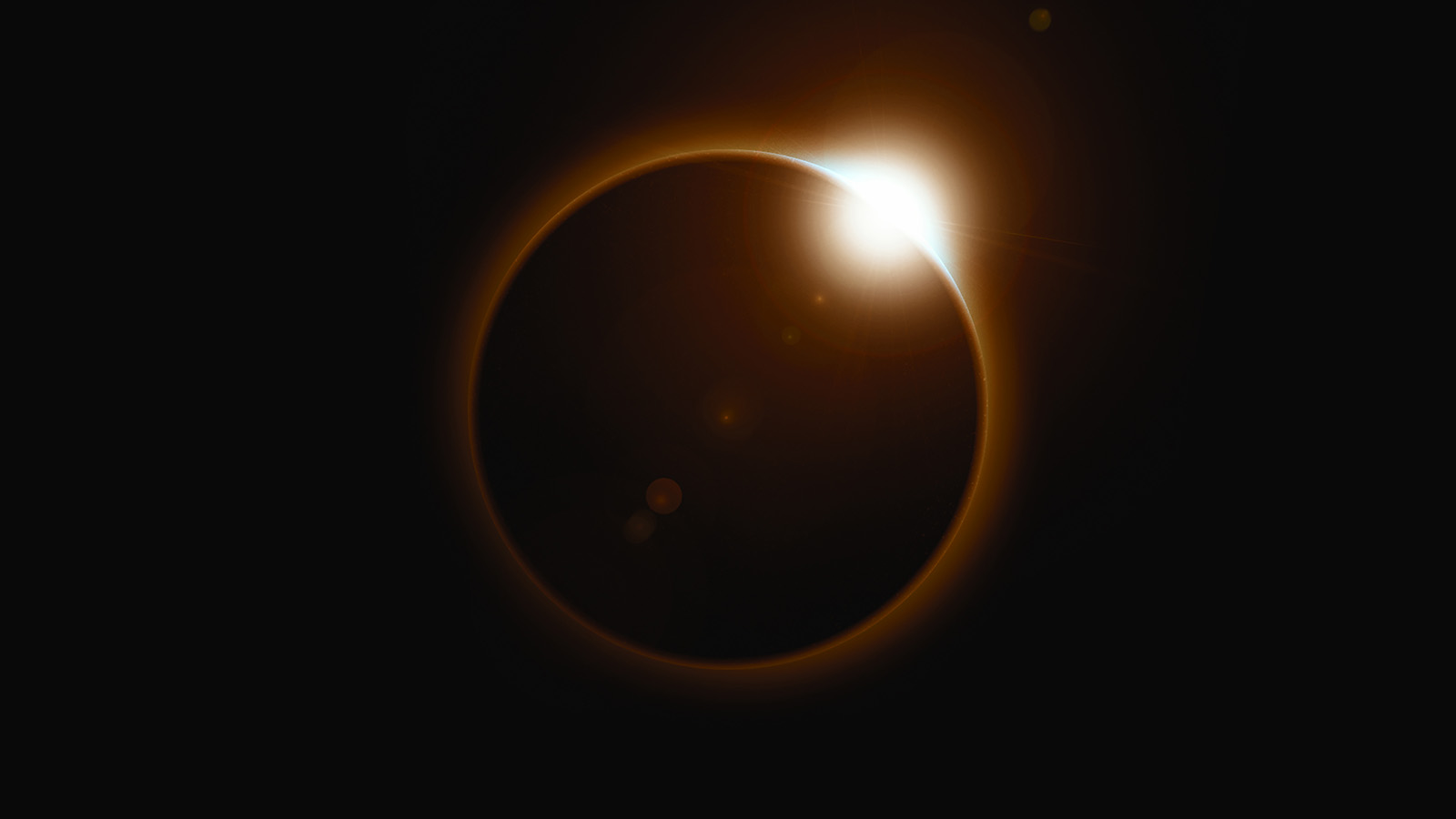
When the moon, Earth and sun align just right, the result is one of nature’s most dramatic celestial events. The different types of eclipses each reveal something unique about our solar system and the motion of the moon and Earth.
1. Total Solar Eclipse

A total solar eclipse occurs when the moon completely blocks the sun’s light, casting a shadow on Earth’s surface. The sky darkens as if it were night, and observers in the path of totality can see the sun’s corona — its outer atmosphere.
These events are relatively infrequent, occurring somewhere on Earth only about once every 18 months and at any given location roughly once every 300 to 400 years. They require protective eclipse glasses for safe viewing.
2. Partial Solar Eclipse

Partial eclipses occur when only part of the sun is obscured by the moon. These happen more frequently than total eclipses.
Because the moon doesn’t completely cover the sun, sunlight still reaches Earth, but with a noticeable dimming effect.
3. Annular Solar Eclipse

An annular eclipse occurs when the moon passes directly in front of the sun while at or near its farthest point from Earth in its orbit. This makes the moon appear smaller and unable to completely cover the sun, leaving a “ring of fire” or bright ring of sunlight around the moon.
4. Hybrid Solar Eclipse
A hybrid solar eclipse shifts between a total eclipse and an annular eclipse along its path. In some places, observers see a total eclipse, while in others they witness an annular one.
This rare phenomenon results from Earth’s curvature and the moon’s orbit.
5. Total Lunar Eclipse

A total lunar eclipse occurs when the moon moves into Earth’s umbra, or full shadow. The moon appears red due to Earth’s atmosphere bending and filtering sunlight — a phenomenon known as a blood moon.
6. Partial Lunar Eclipse

In a partial lunar eclipse, only a portion of the moon enters Earth’s umbra. Part of the moon darkens noticeably while the rest remains lit by the sun. These eclipses are easy to observe without special equipment.
7. Penumbral Lunar Eclipse

The most subtle type, a penumbral lunar eclipse occurs when the moon passes through Earth’s penumbra, the outer part of its shadow. The change in brightness is so slight that many people don’t even notice it.
How Eclipses Occur
Eclipses occur because the orbits of the moon and Earth line up with the sun. A solar eclipse occurs when the moon blocks sunlight from reaching Earth. A lunar eclipse occurs when Earth blocks sunlight from reaching the moon.
Because the moon’s orbit is slightly tilted compared to Earth’s orbit, eclipses don’t happen every month.
Understanding the eclipse path and timing depends on the moon’s umbra and penumbra shadows. These events highlight the dynamic interplay of gravitational forces and celestial motion in our solar system.
We created this article in conjunction with AI technology, then made sure it was fact-checked and edited by a HowStuffWorks editor.
























